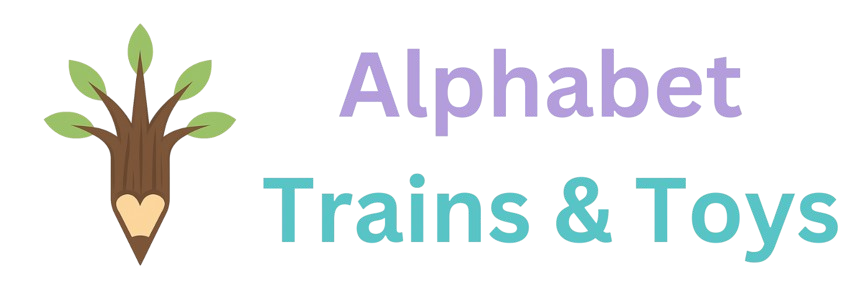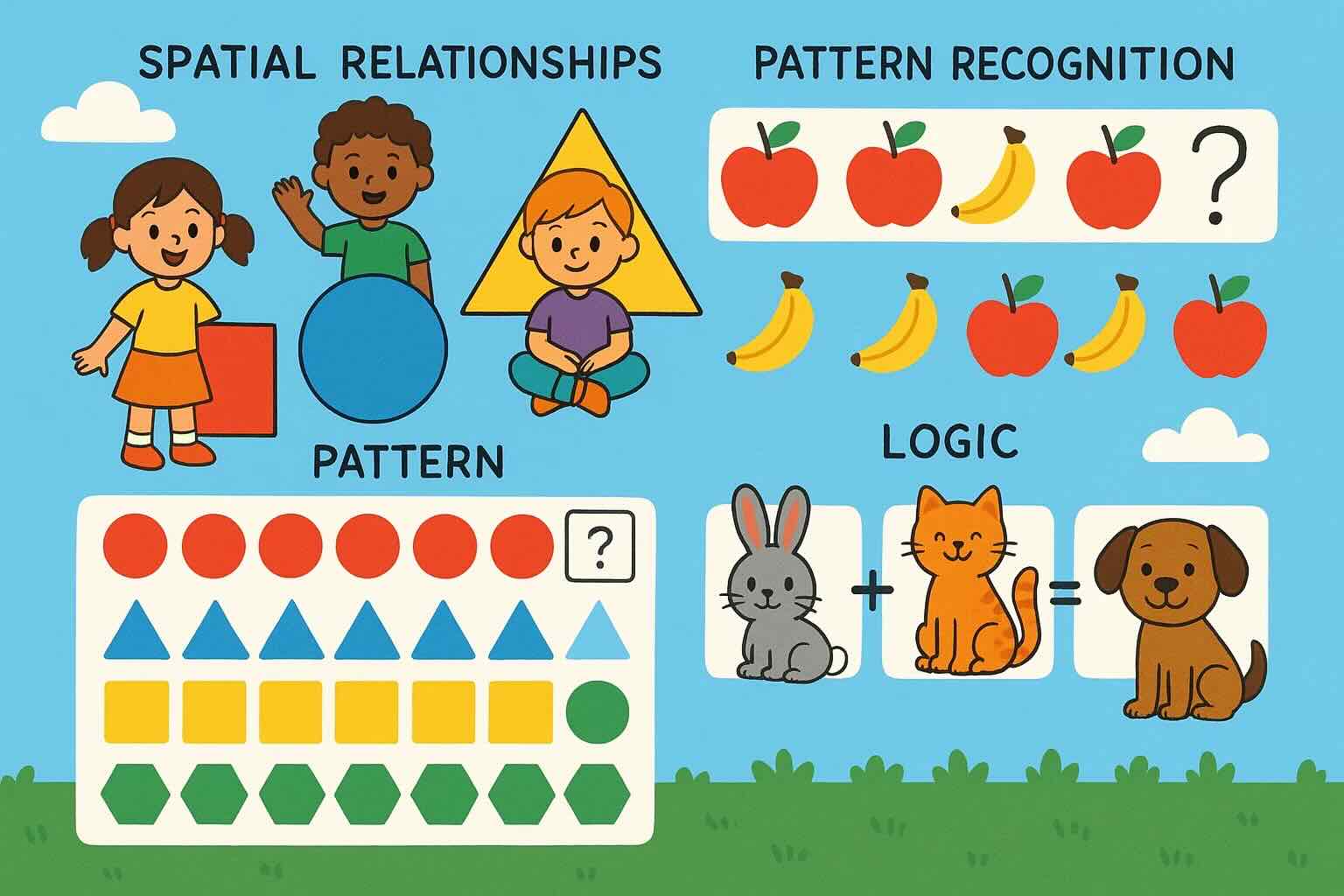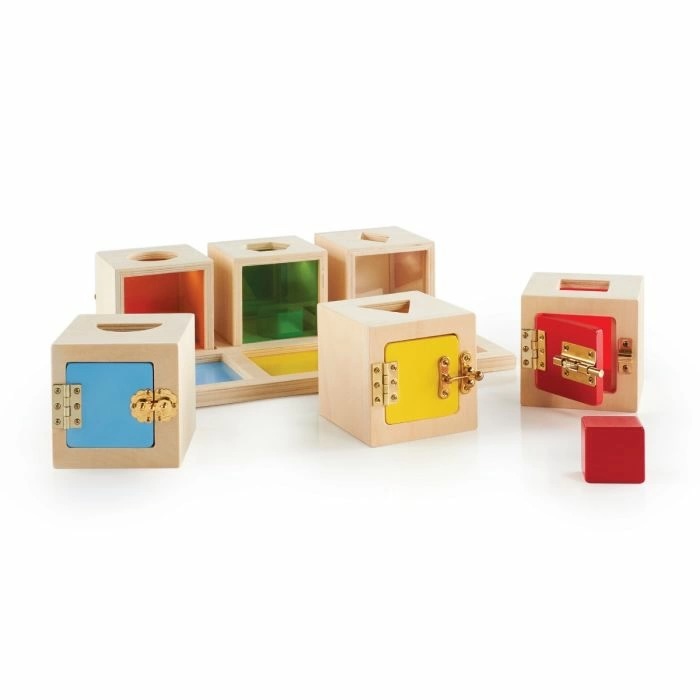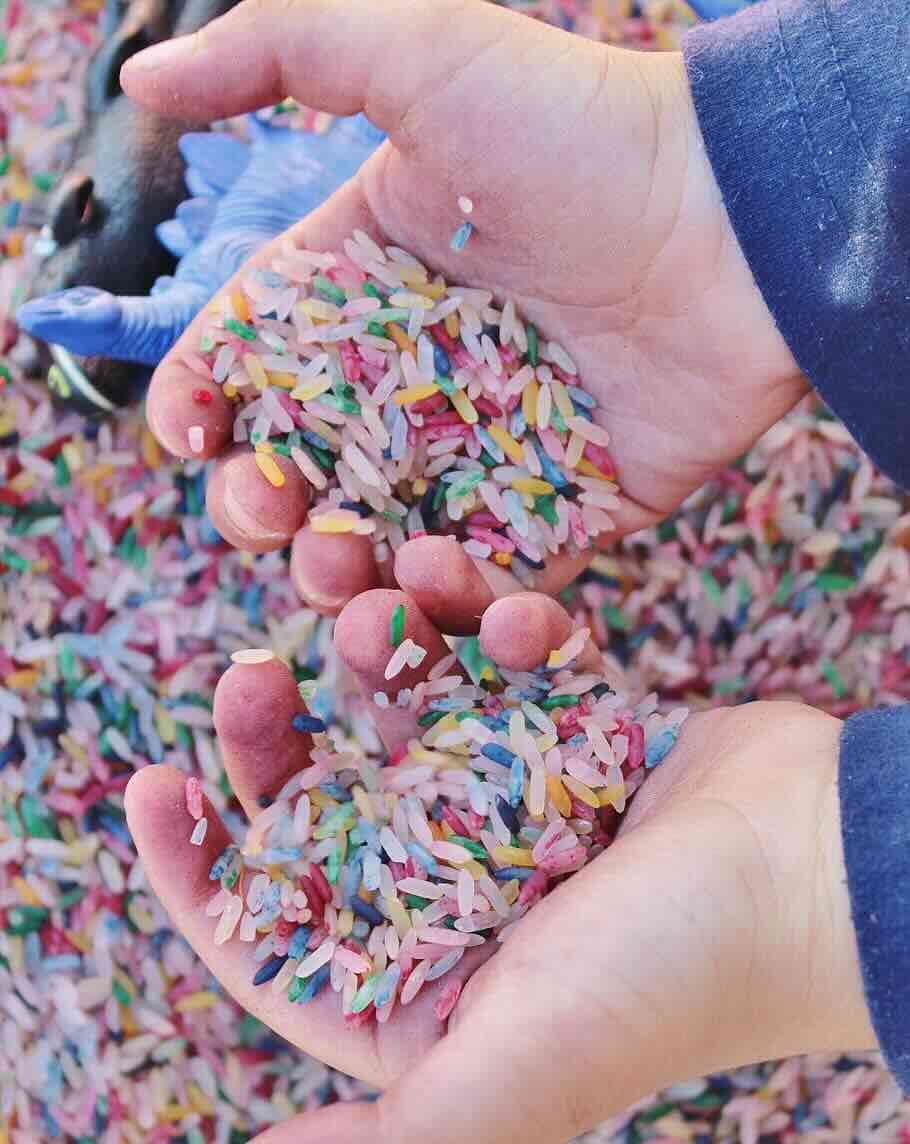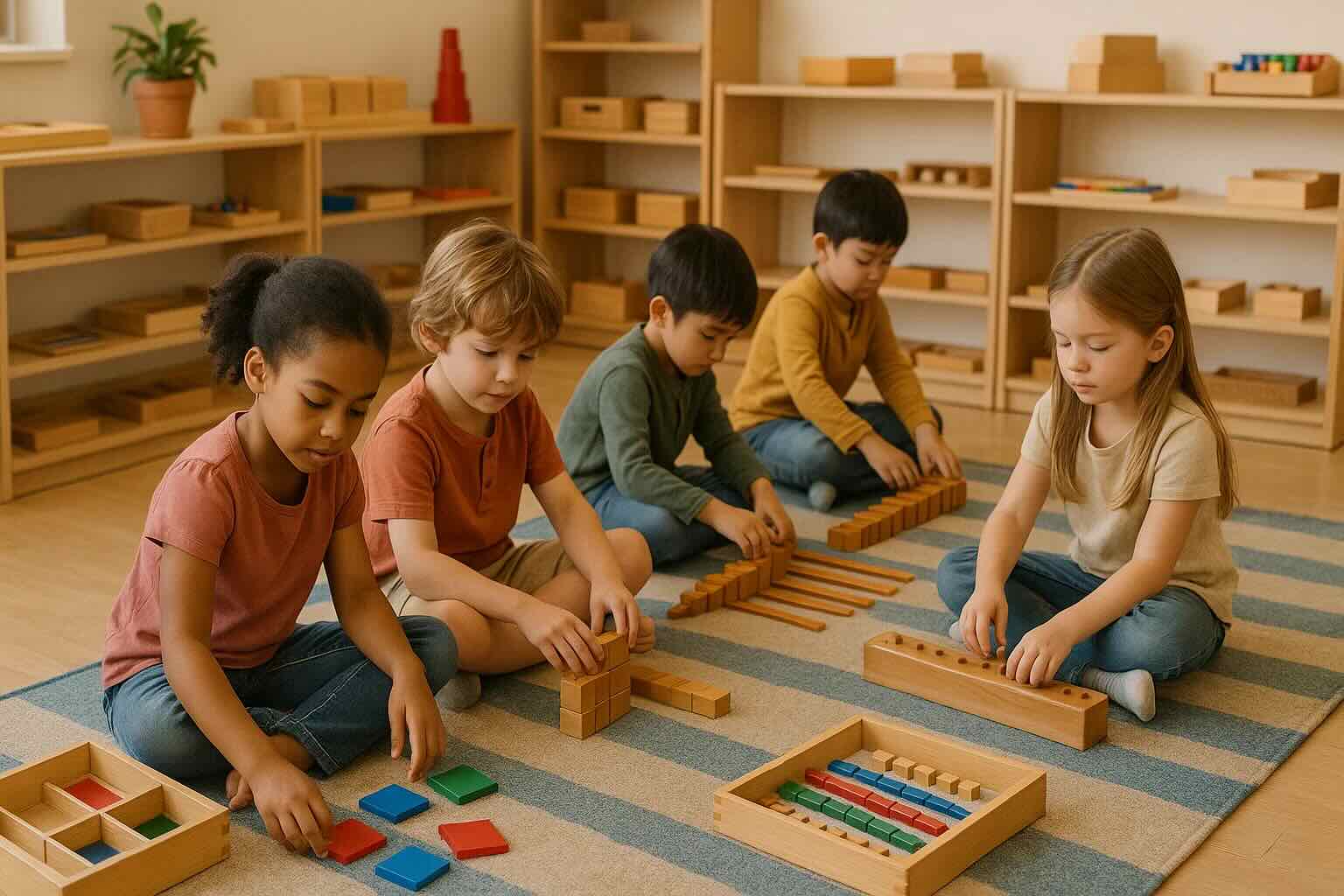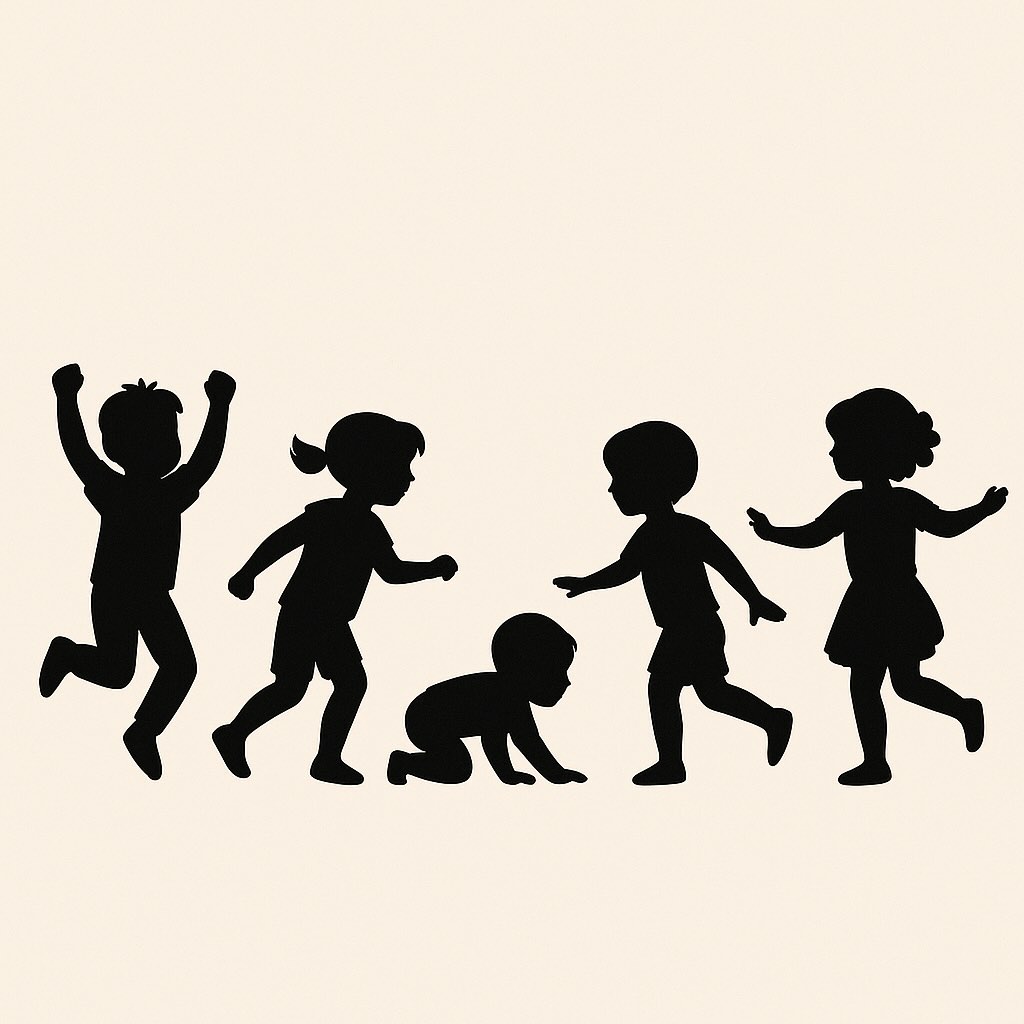Math is everywhere in daily activities and play. We use math when shopping and comparing the cost of items. Math is used in cooking and measuring. Sports team statistics are based on math. Measuring the time to go certain distances also uses math. Understanding schedules, appointments, and deadlines requires a sense of time and how to allocate it effectively.
Many video games and apps utilize math skills such as spatial relationships, pattern recognition, and logic. Understanding contrast, proportion, shape, and patterns are all mathematical concepts used in art. Exposing your child to math concepts early on improves their math skills later in life—similar to how talking and reading to your child improves their literacy.
Don’t worry if you didn’t like math as a child or struggled with it. You can introduce simple concepts without being a mathematician!
💾 Try This: Narrate your day using numbers. "We need 2 apples, 3 spoons, and 1 pan to make dinner." It reinforces counting without being a formal math lesson.
Download a Free Counting PrintableMath for Infants (0–12 months)
Infants are aware of math concepts early in life. Three basic concepts—more, empty, and full—are among the first they understand. For example, a baby who wants more food may signal that they're still hungry. When a bowl is empty, they learn "all gone." Infants also understand the difference between familiar and unfamiliar adults—this is sorting and classifying.
When a caregiver hides their face and says “One, two, three, peek-a-boo,” the baby learns to anticipate seeing the face after counting.
Suggestions for Math Awareness in Infancy:
- Count fingers, toes, toys, books, or blocks out loud.
- Sing counting songs like “One Potato, Two Potato” or “One, Two, Buckle My Shoe.”
- Play color and object sorting games: “This is a red block. Can you find another red block?”
- Teach spatial language: “Your socks are on your feet.”
- Teach sequencing: “We put your pants on after your diaper.”
- Introduce patterns: “Let’s clap to the beat of the music.”
📌 Parent Tip: Use diaper changes as moments for simple counting: "1 leg in, 2 legs in!" These micro-moments reinforce number awareness daily.
Explore Montessori Toys for InfantsMath for Toddlers (1–3 years)
Toddlers begin showing off their math skills. They can count by rote up to 10 and understand quantities up to 5. You can help reinforce their understanding by counting real-life items like crackers or apples in the store or trees on a walk.
Early Geometry and Spatial Relationships:
Toddlers are also learning to recognize and name shapes—the basics of geometry. Practice with them by naming shapes in their toys or surroundings. For example, “This book is a rectangle, the block is a square.” You can also explore Montessori geometric shape toys to reinforce shape recognition through hands-on play.
Introducing Measurement & Comparison:
Talk about size, weight, quantity, and time. Say things like “That pillow is small and light,” or “You had a long nap.” Count steps to the mailbox. These observations introduce mathematical thinking naturally.
👍 Activity Idea: Use snack time for real-world subtraction: “You had 3 crackers. You ate one. Now how many do you have?”
Use Blocks for Math ExplorationAlgebra Foundations & Sorting:
Patterns, relationships, and sequencing are early building blocks of algebra. Recognizing striped shirts or alternating colors is the start of pattern recognition. Your toddler may also sort their toys by an attribute such as by size, color, or type. You can encourage this skill with the Guidecraft Sort and Stack Shapes Toy, which makes classifying objects by shape and color fun and intuitive.
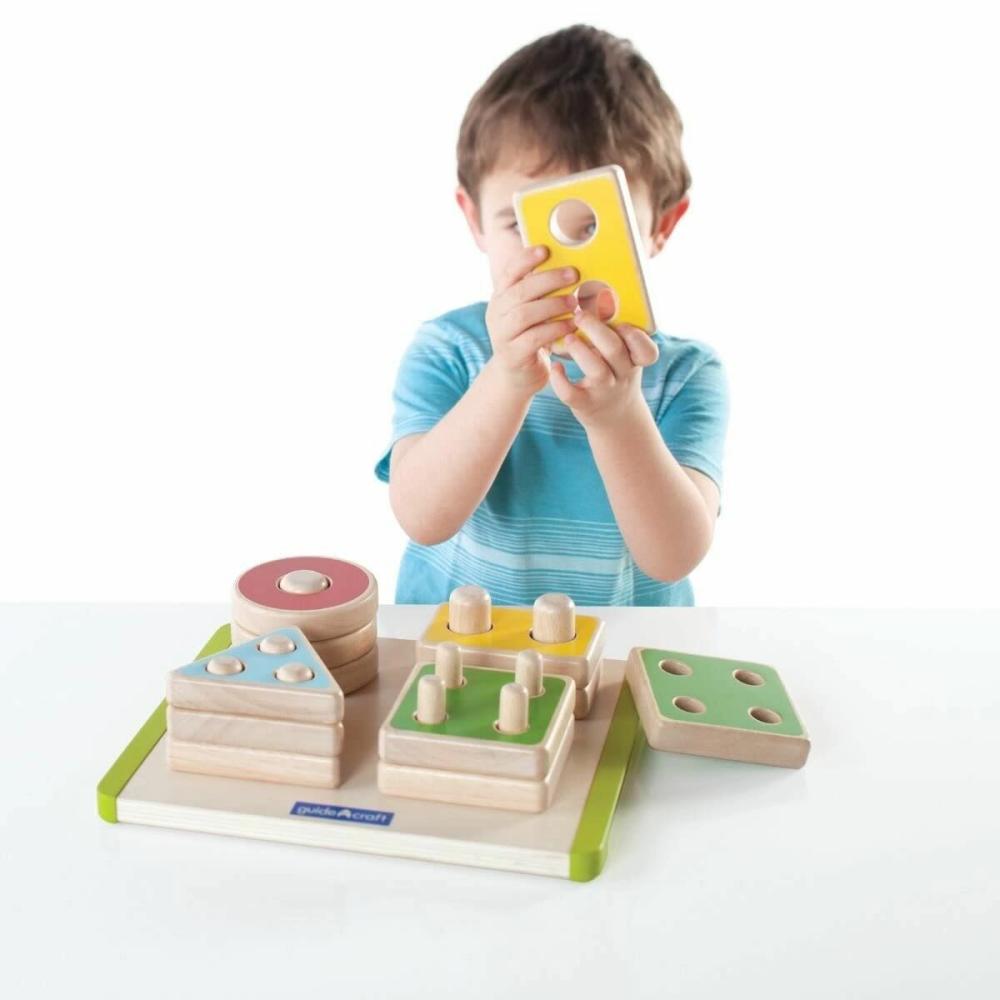
Math for Preschoolers (3–4 years)
Preschoolers love sorting, measuring, and solving simple math problems. Use treasure jars with buttons or shells for sorting. Sort boxes from the recycling bin by size and shape, and explore the difference between 2D and 3D. For more ideas like this, check out these fun and easy early math activities from Stanford’s DREME Network, designed for parents and caregivers.
Measurement Fun:
Preschoolers love using rulers, chains, or even shoes to measure. Ask “How wide is your bed?” or “How long is the sofa?” Count items as you build block towers or sort puzzle pieces.
Simple Addition and Subtraction:
Many preschoolers can count to 20. Use songs and finger counting for simple math. Dance, clap, or tap to rhythms—these patterns lay a foundation for algebraic thinking and geometry.
📜 Creative Tip: Dance to music and create shapes with your body—like circles and triangles. This teaches geometry through fun, physical movement.
Free Shape Matching ActivityMath for Kindergarteners (Age 5)
By age 5, children can count in ones and tens to 100, identify numerals, and understand zero as a placeholder. They recognize and name complex shapes like hexagons and trapezoids. They can measure ingredients with a measuring cup and follow multistep directions using “first,” “next,” and “last.”
Kindergarteners can also compare values (greater than, less than, equal) and use manipulatives for basic arithmetic.
Everyday Math Practice:
- At the store: “How many bananas are in this bunch?”
- During cooking: “There are 4 people, so we need 4 rolls.” You can find more at-home math games for everyday routines on Bright Horizons’ list of preschool math activities.
- On the playground: “How many times do you want me to push you?”
- At bedtime: “Pick 3 books to read tonight.”
Get Moving With Math
Physical activity boosts brain development. Try these five games from First 5 California that combine movement and learning. For even more movement-based math games, browse this excellent roundup of 30 preschool math games from We Are Teachers.
1. Count Your Jumps
Jump and count out loud. Try to beat your record. Keep jumping until you're all giggled out!
2. Times Up – Freeze
Dance or jump until a timer goes off. Use countdowns like “10 seconds left!” to teach time awareness.
3. This Then That
Give your child silly multistep instructions: “Touch your nose, then hop on one foot, then spin.”
4. The Great Toy Sort
Sort toys by hidden rules, and have your child guess the pattern. Then switch roles!
5. Find Shapes Everywhere
Spot shapes in signs, windows, and clouds on a walk. Ask your child to find triangles or circles in the environment.
🚶 Walk & Learn: Turn your neighborhood stroll into a shape hunt. Then come back and try a movement game that boosts coordination and cognitive development.
Browse Movement-Based Learning Ideas